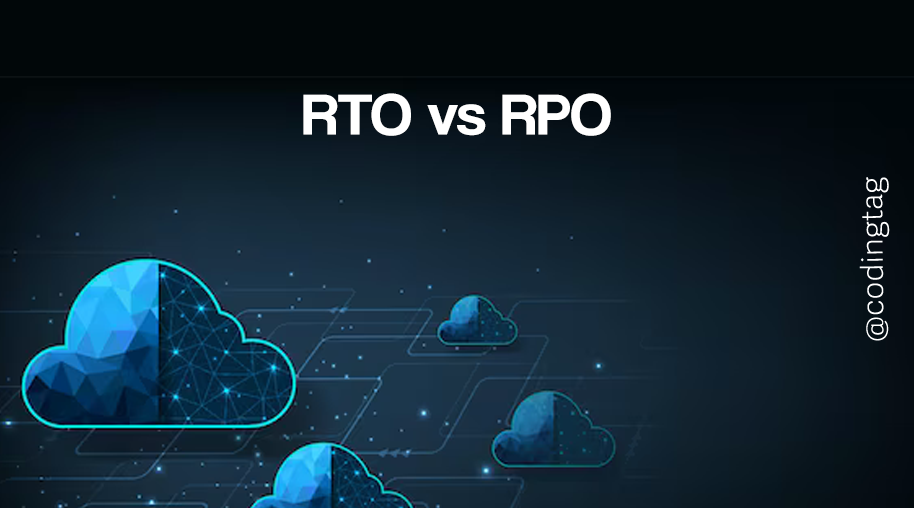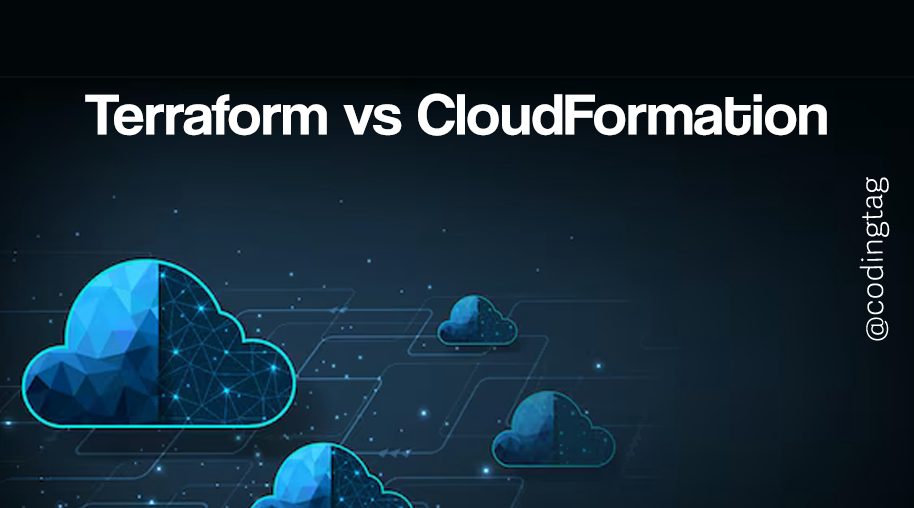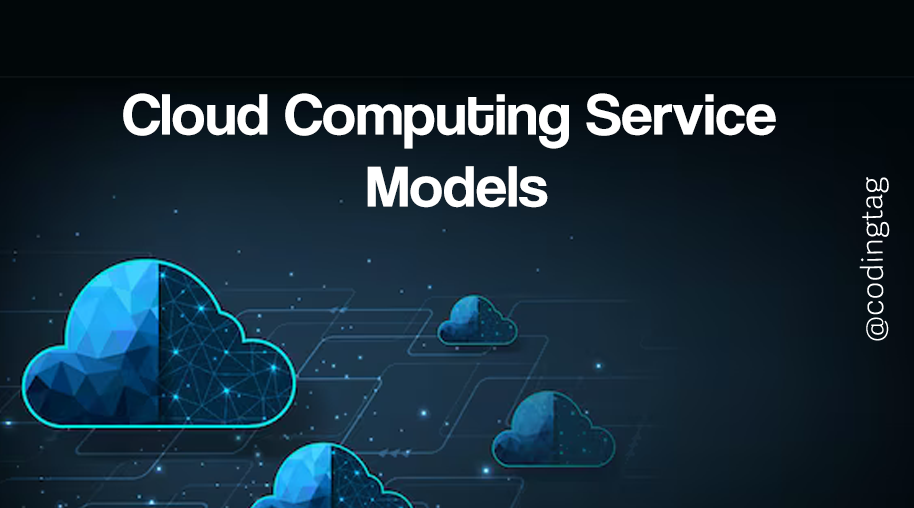VPC Endpoints & Links
0 866
VPC Endpoints & Links
When you're working within a Virtual Private Cloud (VPC), connecting securely to AWS services or your own internal services without exposing traffic to the public internet is crucial. That’s where VPC Endpoints & Links come into play.
This content explains what they are, why they matter, and how to configure them effectively.
🔍 What Are VPC Endpoints?
A VPC Endpoint allows private connections between your VPC and AWS services, eliminating the need for an internet gateway, NAT device, VPN, or AWS Direct Connect. These endpoints are highly scalable, redundant, and secure, ensuring your traffic doesn’t leave the AWS network.
There are two types of VPC endpoints:
- Interface Endpoints – Powered by AWS PrivateLink, these are ENIs (Elastic Network Interfaces) that connect you privately to supported AWS services.
- Gateway Endpoints – Used to connect to S3 and DynamoDB only. They act as targets in your route tables.
📦 Use Case Examples
- Connecting to Amazon S3 from a private subnet without using a NAT Gateway
- Accessing AWS services like CloudWatch or Kinesis securely from inside your VPC
- Building private SaaS integrations using PrivateLink
🔌 What Is AWS PrivateLink?
PrivateLink enables private connectivity between VPCs, AWS services, and on-premises applications securely over the AWS network. With it, you can expose your services as interface endpoints, making it easier for others to access them without going through the public internet.
🧪 Example: Creating a Gateway Endpoint for S3
aws ec2 create-vpc-endpoint \ --vpc-id vpc-12345678 \ --service-name com.amazonaws.us-east-1.s3 \ --route-table-ids rtb-87654321 \ --vpc-endpoint-type Gateway
This command creates a gateway endpoint that allows traffic from your VPC to reach Amazon S3 without crossing the public internet.
🔧 Example: Creating an Interface Endpoint for CloudWatch
aws ec2 create-vpc-endpoint \ --vpc-id vpc-12345678 \ --service-name com.amazonaws.us-east-1.monitoring \ --subnet-ids subnet-11111111 \ --security-group-ids sg-0000abcd \ --vpc-endpoint-type Interface
This command sets up an interface endpoint that connects privately to Amazon CloudWatch in the specified subnet using a specific security group.
🛠️ How Do VPC Links Work?
In the context of API Gateway, a VPC Link is a resource that allows Amazon API Gateway to connect to private resources inside your VPC—such as internal HTTP applications running on EC2 or behind a Network Load Balancer.
🚀 Example: Creating a VPC Link in API Gateway
aws apigateway create-vpc-link \ --name "MyVpcLink" \ --target-arns arn:aws:elasticloadbalancing:us-east-1:123456789012:loadbalancer/net/my-nlb/abc123 \ --region us-east-1
This VPC Link connects API Gateway to your internal Network Load Balancer, enabling secure internal API communication without using public IPs.
🔒 Security Considerations
- Use security groups and endpoint policies to restrict access to VPC endpoints.
- Enable logging with CloudTrail and VPC Flow Logs to monitor access.
- Ensure endpoints are created in appropriate subnets for availability.
🧩 VPC Peering vs VPC Endpoints
While both allow secure communication within AWS, they serve different purposes:
- VPC Peering: Connects two VPCs directly for full bidirectional communication.
- VPC Endpoints: Connect a VPC to AWS services or privately shared services with restricted access.
📌 Conclusion
VPC Endpoints & Links are essential tools for creating secure, scalable, and high-performance cloud architectures. Whether you’re accessing AWS services privately via interface endpoints or connecting APIs to internal applications through VPC links, these features keep your data off the public internet and inside the trusted AWS network.
By using these mechanisms, developers and architects can enforce tighter security, reduce latency, and simplify their cloud infrastructure. Now that you understand their value, try creating VPC endpoints or VPC links in your next project and take a step toward a more secure cloud environment.
If you’re passionate about building a successful blogging website, check out this helpful guide at Coding Tag – How to Start a Successful Blog. It offers practical steps and expert tips to kickstart your blogging journey!
For dedicated UPSC exam preparation, we highly recommend visiting www.iasmania.com. It offers well-structured resources, current affairs, and subject-wise notes tailored specifically for aspirants. Start your journey today!

Share:







Comments
Waiting for your comments